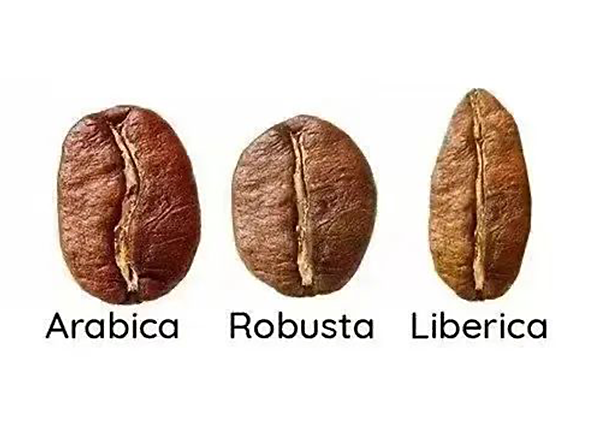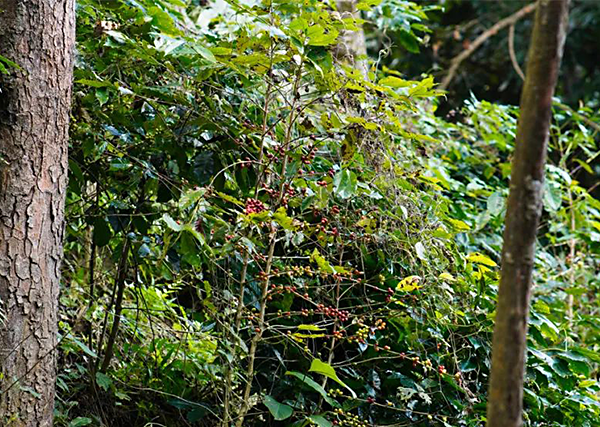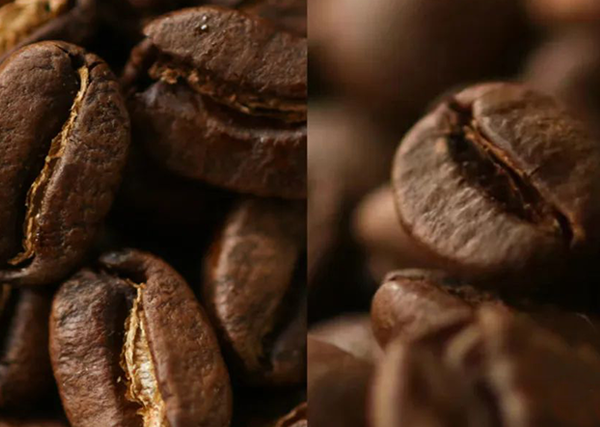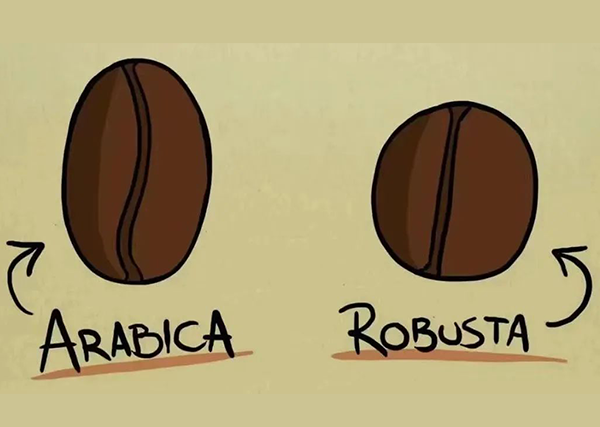Teach you to distinguish Robusta and Arabica at a glance!
In the previous article, YPAK shared a lot of knowledge about the coffee packaging industry with you. This time, we will teach you to distinguish the two major varieties of Arabica and Robusta. What are the different appearance characteristics of them, and how can we distinguish them at a glance!
Arabica and Robusta
Among the more than 130 major categories of coffee, only three categories have commercial value: Arabica, Robusta, and Liberica. However, the coffee beans currently sold on the market are mainly Arabica and Robusta, because their advantages are "wider audiences"! People will choose to plant different varieties according to different needs


Because the fruit of Arabica is the smallest among the three major species, it has the alias of "small grain species". The advantage of Arabica is that it has a very excellent performance in taste: the aroma is more prominent and the layers are richer. And as prominent as its aroma is its disadvantage: low yield, weak disease resistance, and very demanding requirements for the planting environment. When the planting altitude is lower than a certain height, Arabica species will be difficult to survive. Therefore, the price of Arabica coffee will be relatively higher. But after all, taste is supreme, so as of today, Arabica coffee accounts for as much as 70% of the total coffee production in the world.
Robusta is the middle grain among the three, so it is a medium grain variety. Compared with Arabica, Robusta does not have a prominent flavor performance. However, its vitality is extremely tenacious! Not only is the yield extremely high, but the disease resistance is also very excellent, and the caffeine is also twice that of Arabica. Therefore, it is not as delicate as Arabica species, and can also "grow wildly" in low-altitude environments. So when we see that some coffee plants can also produce a lot of coffee fruits in low-altitude environments, we can make a preliminary guess about its variety.


Thanks to this, many production areas can grow coffee at low altitudes. But because the planting altitude is generally low, the flavor of Robusta is mainly strong bitterness, with some wood and barley tea flavors. These not-so-excellent flavor performances, combined with the advantages of high production and low prices, make Robusta the main material for making instant products. At the same time, because of these reasons, Robusta has become synonymous with "poor quality" in the coffee circle.
So far, Robusta accounts for about 25% of the global coffee production! In addition to being used as instant raw materials, a small part of these coffee beans will appear as base beans or specialty coffee beans in blended beans.
So how to distinguish Arabica from Robusta? In fact, it is very simple. Just like sun drying and washing, the genetic differences will also be reflected in the appearance characteristics. And the following are pictures of Arabica and Robusta beans


Maybe many friends have noticed the shape of the beans, but the shape of the beans cannot be used as a decisive difference between them, because many Arabica species are also round in shape. The main difference lies in the midline of the beans. Most of the midlines of Arabica species are crooked and not straight! The midline of Robusta species is a straight line. This is the basis for our identification.
But we need to note that some coffee beans may not have obvious centerline characteristics due to development or genetic problems (mixed Arabica and Robusta). For example, in a pile of Arabica beans, there may be a few beans with straight centerlines. (Just like the distinction between sun-dried and washed beans, there are also a few beans in a handful of sun-dried beans with obvious silver skin in the centerline.) Therefore, when we observe, it is best not to study individual cases, but to observe the whole plate or a handful of beans at the same time, so that the results can be more accurate.
For more tips on coffee and packaging, please write to YPAK to discuss!
We are a manufacturer specializing in producing the coffee packaging bags for over 20 years. We have become one of the largest coffee bag manufacturers in China.
We use the best quality WIPF valves from Swiss to keep your coffee fresh.
We have developed the eco-friendly bags, such as the compostable bags and recyclable bags,and the latest introduced PCR materials.
They are the best options of replacing the conventional plastic bags.
Our drip coffee filter is made of Japanese materials, which is the best filter material on the market.
Attached our catalogue, please send us the bag type, material, size and quantity you need. So we can quote you.

Post time: Oct-12-2024







